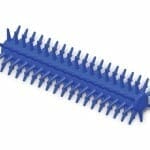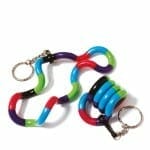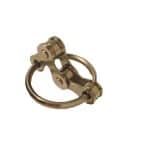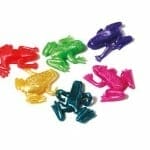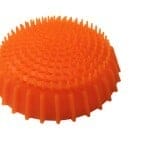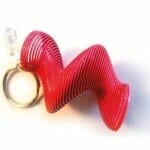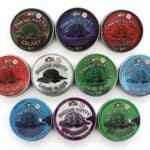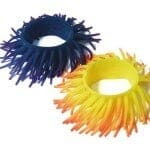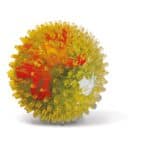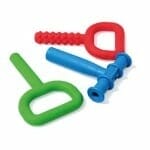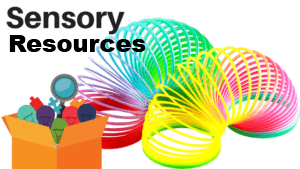 The nature of ASD is such that children will:
The nature of ASD is such that children will:
- Seek out sensory activities such as chewing, twirling, fidgeting.
- Find specific sensory experiences calming (rocking, flicking, visual patterns, flapping).
- Seek out and find sensory activity equivalents if you don’t provide them.
Key Benefits for Using Sensory Resources
- Holding an object in their hands can often enhance learning e.g. At mat time, if given a fidget toy, the student
- Can sit for longer
- is less disruptive to peers
- Is calmer to start activities
- Has reduced anxiety levels.
- Children find sensory activities extremely rewarding (unlike stars or verbal rewards).
- Sensory tools may replace inappropriate behaviours e.g.
- eplace biting a hand with chewy tube.
- Replace difficulty waiting with using a water ball or stretch toy.
How to use a sensory resource:
- Use tool as a waiting object (i.e.: hold the ball until it is your turn for the game).
- Use the tool as a transition visual (e.g. Twist Puzzle with visual attached to line up, sit on mat etc.).
- Set rules around their use, e.g. return tools to box at end of mat time, or on desk when working.
- Use visual schedules/photos to remind student of rules around use of sensory tools.
- Use a range of sensory tools and change regularly.
What about everyone else?
- Use classroom peer training to help other students in the class understand that people with ASD don’t choose to use these tools. They really need them to concentrate. They are just like reading glasses: increase concentration, focus, and independence
- Have a sensory box that all students can use.
Great Sensory Resources
Excellent for children who process best when fidgeting.
$4.00
Comes in different colours/sizes and with or without a handle.
$13.00
